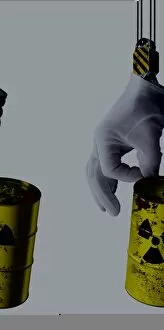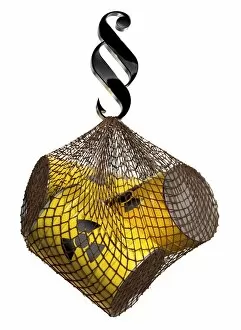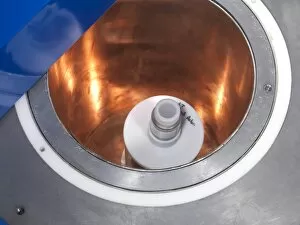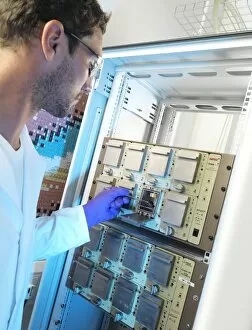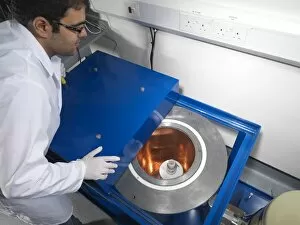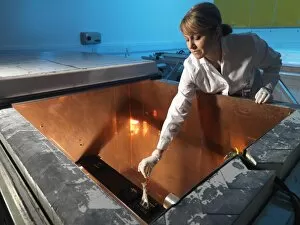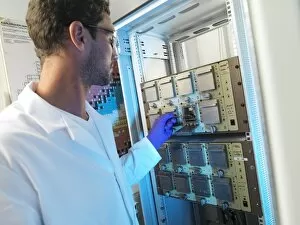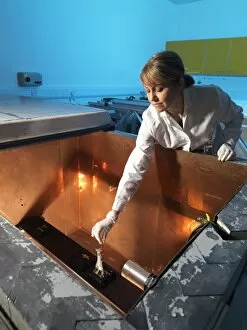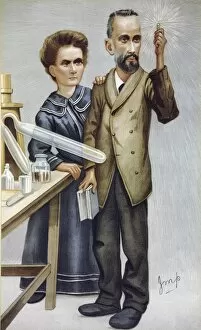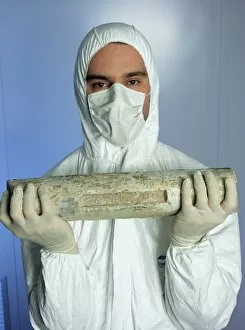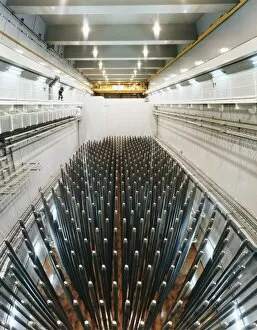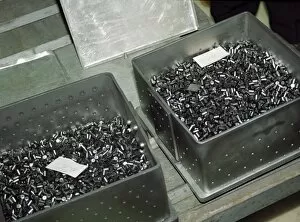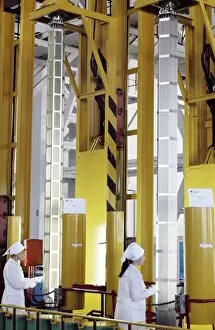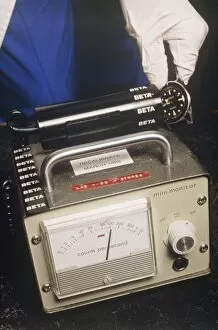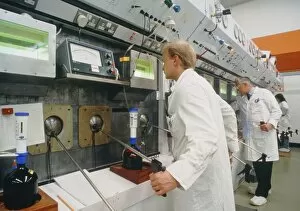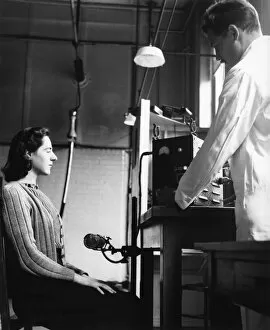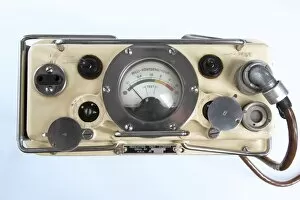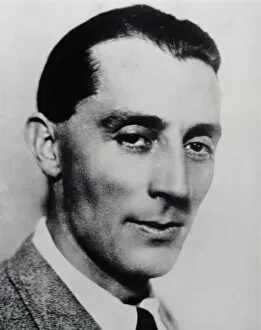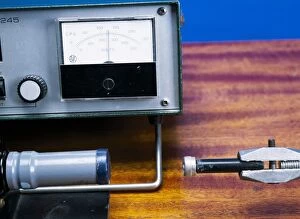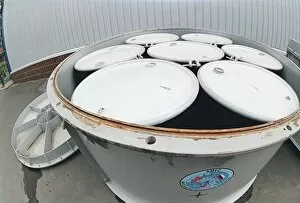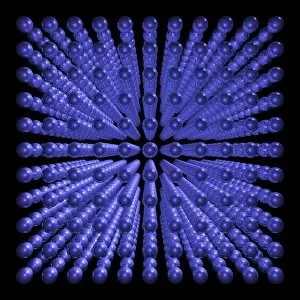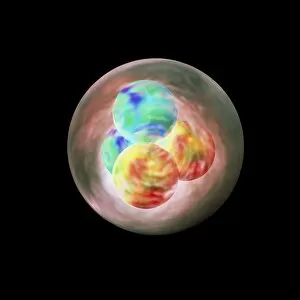Radioactivity Collection (page 5)
"Unveiling the Mysteries of Radioactivity: Marie Curie's Nobel Prize-Winning Journey" Step into the world of radioactivity
For sale as Licensed Images
Choose your image, Select your licence and Download the media
"Unveiling the Mysteries of Radioactivity: Marie Curie's Nobel Prize-Winning Journey" Step into the world of radioactivity, where groundbreaking discoveries and scientific brilliance have shaped our understanding of this powerful force. At its core stands Marie Curie, a Polish-French physicist whose unwavering dedication revolutionized the field. Marie Curie, a name synonymous with scientific excellence, became the first woman to win a Nobel Prize in 1903. Her relentless pursuit led her to uncover two radioactive elements - polonium and radium - forever changing our perception of matter's fundamental properties. In 1957, as nuclear tests echoed across the globe, their fallout cast an ominous shadow over humanity. Yet amidst this uncertainty emerged James Van Allen, a US astrophysicist who discovered Earth's radiation belts that bear his name today. His findings shed light on how radioactivity permeates not only our planet but also extends far beyond. The laboratory was Marie and Pierre Curie's sanctuary; captured in a captivating photograph from 1898, it showcases their tireless efforts to unravel nature's secrets. Together as French physicists, they pioneered research on radioactivity and laid the foundation for future generations. Their legacy continued through Frederic Joliot and Irene Joliot-Curie – French scientists who followed in Marie Curie's footsteps by synthesizing new radioactive isotopes in 1935. Their contributions further propelled mankind towards harnessing this enigmatic energy for medical advancements. However, radioactivity is not without its dangers. The haunting image of contaminated buildings being hosed down in Prepyate serves as a stark reminder of Chernobyl’s catastrophic nuclear disaster in 1986 – an event that highlighted both the immense power and devastating consequences associated with uncontrolled exposure to radiation. Beyond terrestrial boundaries lies another realm influenced by radioactivity – our very own Sun.

